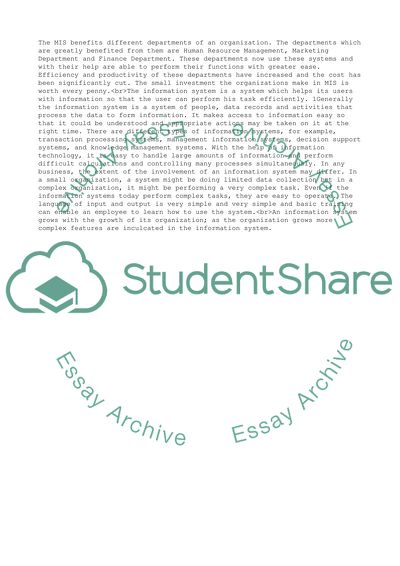Cite this document
(Human Resource Information System Specification and Selection Research Paper, n.d.)
Human Resource Information System Specification and Selection Research Paper. Retrieved from https://studentshare.org/management/1722213-the-benefits-of-management-information-systems-usage-in-human-resources-and-other-departments
Human Resource Information System Specification and Selection Research Paper. Retrieved from https://studentshare.org/management/1722213-the-benefits-of-management-information-systems-usage-in-human-resources-and-other-departments
(Human Resource Information System Specification and Selection Research Paper)
Human Resource Information System Specification and Selection Research Paper. https://studentshare.org/management/1722213-the-benefits-of-management-information-systems-usage-in-human-resources-and-other-departments.
Human Resource Information System Specification and Selection Research Paper. https://studentshare.org/management/1722213-the-benefits-of-management-information-systems-usage-in-human-resources-and-other-departments.
“Human Resource Information System Specification and Selection Research Paper”, n.d. https://studentshare.org/management/1722213-the-benefits-of-management-information-systems-usage-in-human-resources-and-other-departments.


